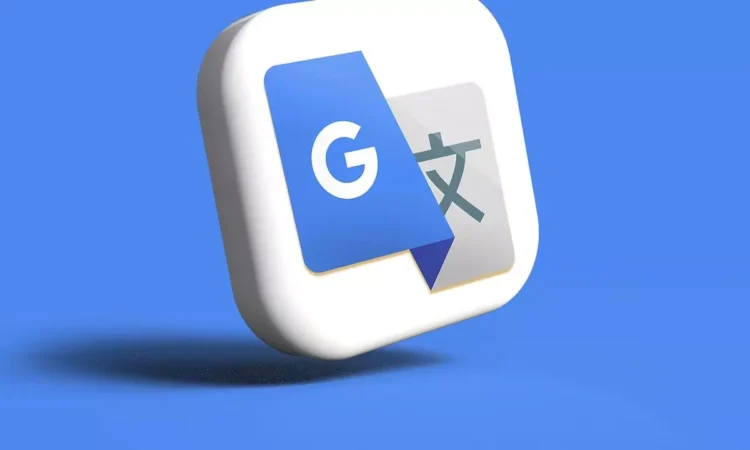Google is upgrading its Translate app, entering the language learning market dominated by platforms like Duolingo. The app now features an AI-powered tutor, transforming it from a tool for instant translations to an active language learning assistant. Beta testers on Android and iOS will receive this new capability this week, enabling users to set their skill levels and learning objectives before starting. Upon selecting the “Practice” button, learners can choose from Basic, Intermediate, or Advanced levels. The AI customizes lessons according to individual needs and also inquires about the learner’s motivation for studying the language, whether for travel, career, education, or personal development. Users can opt for preset answers or provide their own goals.
This context allows the AI to create a tailored program that is more personalized than standard courses. Similar to Duolingo, the app offers speaking and listening exercises, but its unique focus on AI personalization means lessons align directly with the user’s objectives, such as practicing conversational Spanish for travel or mastering business English. Initially, the program supports English speakers practicing Spanish and French, while speakers of French, Spanish, and Portuguese can learn English. More languages are anticipated as Google develops the feature further. In addition to the tutoring enhancement, Google is launching Live Translation in the Translate app. This feature enables two individuals speaking different languages to have real-time conversations with both audio and transcription shown during discussions.
Unlike the translation tool in the Pixel 10, this app doesn’t attempt to replicate the user’s voice or tone; rather, it emphasizes clarity and precision. Google claims its AI effectively reduces background noise in conversations, facilitating communication in busy places like airports or train stations. Supporting over 70 languages, including Hindi, Spanish, French, Korean, Arabic, and Tamil, this feature significantly enhances the app’s global applicability and is available in the United States, India, and Mexico. By incorporating AI-driven courses and conversation tools into Translate, Google is establishing itself as a formidable competitor to established platforms like Duolingo. The integration of personalized lessons and real-time translation seeks to make language learning more contextual, practical, and accessible for everyday users.
Thus, Google Translate evolves from a mere tool for travelers or professionals into a comprehensive language learning assistant.


